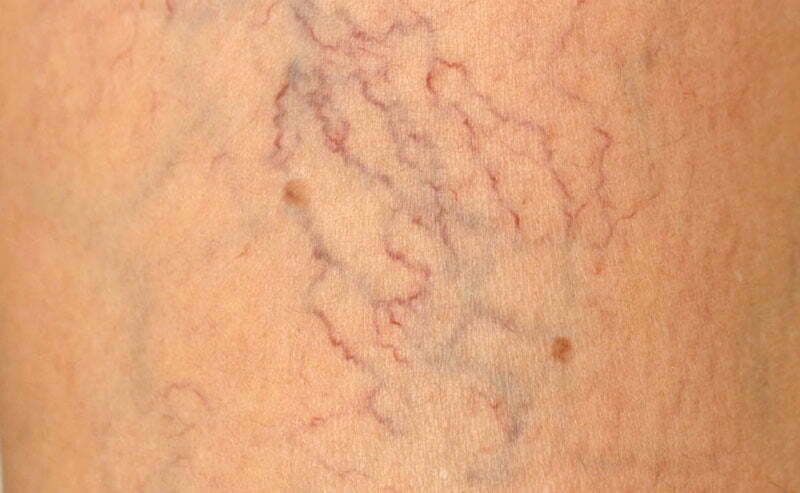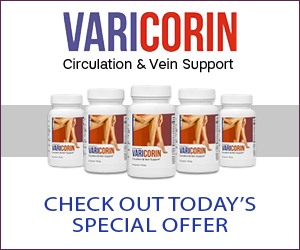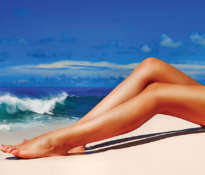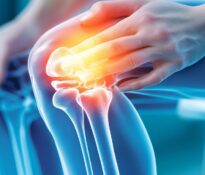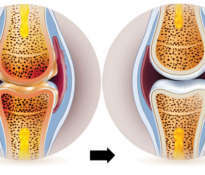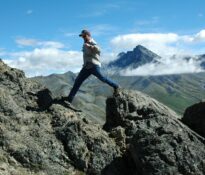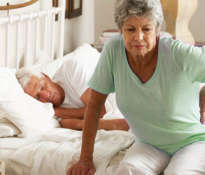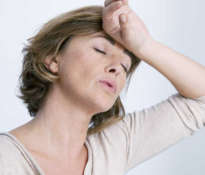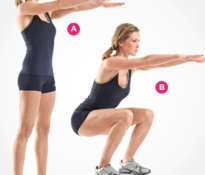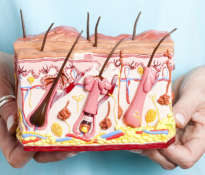The appearance of varicose veins causes concern for the majority of people. At the beginning, varicose veins are not a source of any discomfort, but as the disease develops, pain and discomfort arise. Sometimes this condition leads to more serious health problems. Varicose veins may also be a sign of serious cardiovascular disorders. What are the treatment options for varicose veins?
Factors that may increase the likelihood of developing varicose veins.
- Advanced age.
- Venous problems in the family or congenital heart valve dysfunctions.
- Hormonal changes that occur during puberty, pregnancy and menopause or may be the effect of taking birth control pills or other medicines containing estrogen and progesterone.
- Obesity, overweight.
- Work in a standing position and other similar factors that weaken venous valves.
- Exposure to the sun, which can cause venous veins on the cheeks or nose in people with fair complexion.
At the early stage of development, varicose veins do not cause any discomfort. Over time, you may experience bothersome symptoms: pain, leg fatigue, swelling, numbness, itching, rash. Varicose veins are usually not treated until they cause more serious ailments and lesions. It is worth using natural methods to prevent varicose veins, as severe varicose veins can cause other serious health problems. Excessive blood accumulation in the veins, which slows the return of blood to the heart can be a cause of blood clots and serious inflammation. Skin ulcers may appear on the skin around varicose veins. Other symptoms include irritation, swelling and painful skin rashes.
Methods for the prevention of varicose veins and treatment of varicose veins.
- Exercise regularly to improve blood circulation and strengthen the veins.
- Control your body weight to avoid overloading your legs.
- Do not cross your legs while sitting.
- Avoid standing or sitting for a long time.
- Avoid wearing tight, oppressive clothing, especially around the waist, groins and legs.
- Eat foods high in fiber, avoid excess salt and sugar.
- Protect your skin from sunlight by using a protective cream.
Treatment of varicose veins involves the use of natural remedies that can reduce varicose veins or undergo surgery to close or remove veins.
Sclerotherapy is a non-surgical procedure in which the removal of varicose veins is done by injecting chemicals that close the blood vessels.
Ligation of veins is a surgical operation in which the vein is cut and the tip is formed. The aim of the treatment is to cut off the blood supply to varicose veins, which in turn makes them less visible.
Ambulatory flebectomy consists in making small punctures or incisions through which varicose veins are removed. The incisions are so small that they do not require stitching, and the wounds heal without visible scars.
EVLT is a laser treatment that heats the inside of the vein, which causes it to close and disappear. This treatment requires the placement of a very thin laser fiber in the damaged primary vein. Elevation of the vein’s temperature to remove it is also used in radiofrequency procedures.
In order to remove venous veins, a laser irradiation treatment is used, which results in disappearance of the blood vessel. This type of treatment is very popular because there is no stinging of the needles or making skin cuts. Laser treatments last from 15 to 20 minutes. Depending on the severity of the disease, two to five treatments are needed. Patients may return to normal activity immediately after treatment. In the case of spider veins larger than 3 mm, laser therapy is not practiced.
Creams and natural substances that can improve the appearance of varicose veins and spider veins, include: lavender oil, aloe vera, vitamin K, vitamin E, liposomes.
